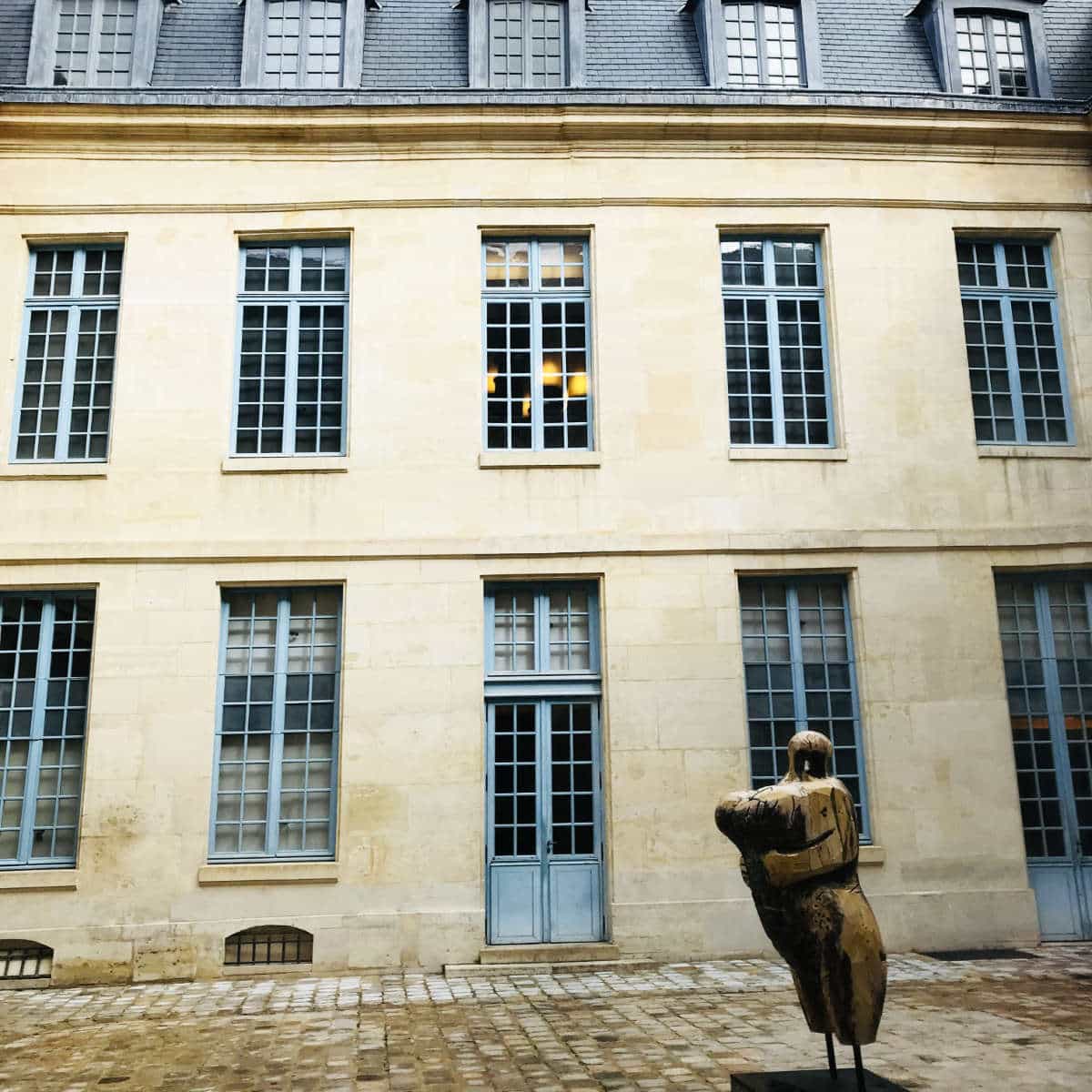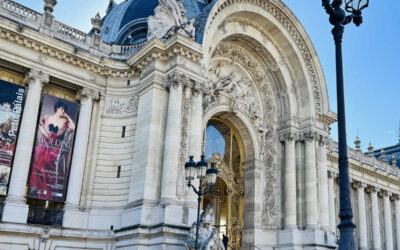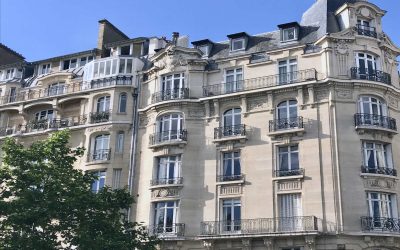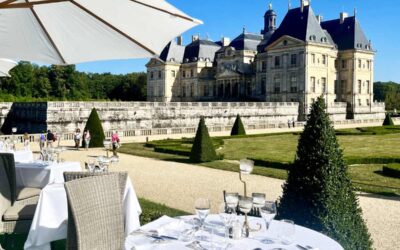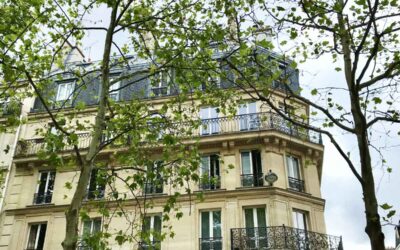While Paris has some of the best museums in the world, the ticket prices to enter can start to add up. If you are under 25 and have an EU passport, you can enter for free, but for the rest of us things can start to get pricey pretty fast.
You will be happy to hear that Paris also boasts several fantastic museums that are free to enter. These museums also have the benefit of being smaller, thus attracting less crowds and being more pleasant to experience. So let’s get to the best free museums in Paris, shall we?
- 1. Musée Carnavalet
- 2. Petit Palais
- 3. Mémorial de la Shoah
- 4. Musée de la Vie Romantique
- 5. Deportation Martyrs Memorial
- 6. Musée Curie (Institut du radium)
- 7. Maison de Victor Hugo
- 8. Musée de la Libération de Paris
- 9. Musée de la Légion d’Honneur
- 10. Maison de Balzac
- 11. Coach Gallery at the Palace of Versailles.
- 12. Musée Bourdelle
- 13. Musée d’Art Moderne de Paris (Modern art)
- 13. Musée Cernuschi (Asian arts)
- 14. First Sunday of the month
1. Musée Carnavalet
If you are interested in the history of Paris, you may want to make a stop at the Carnavalet Museum in the Marais.
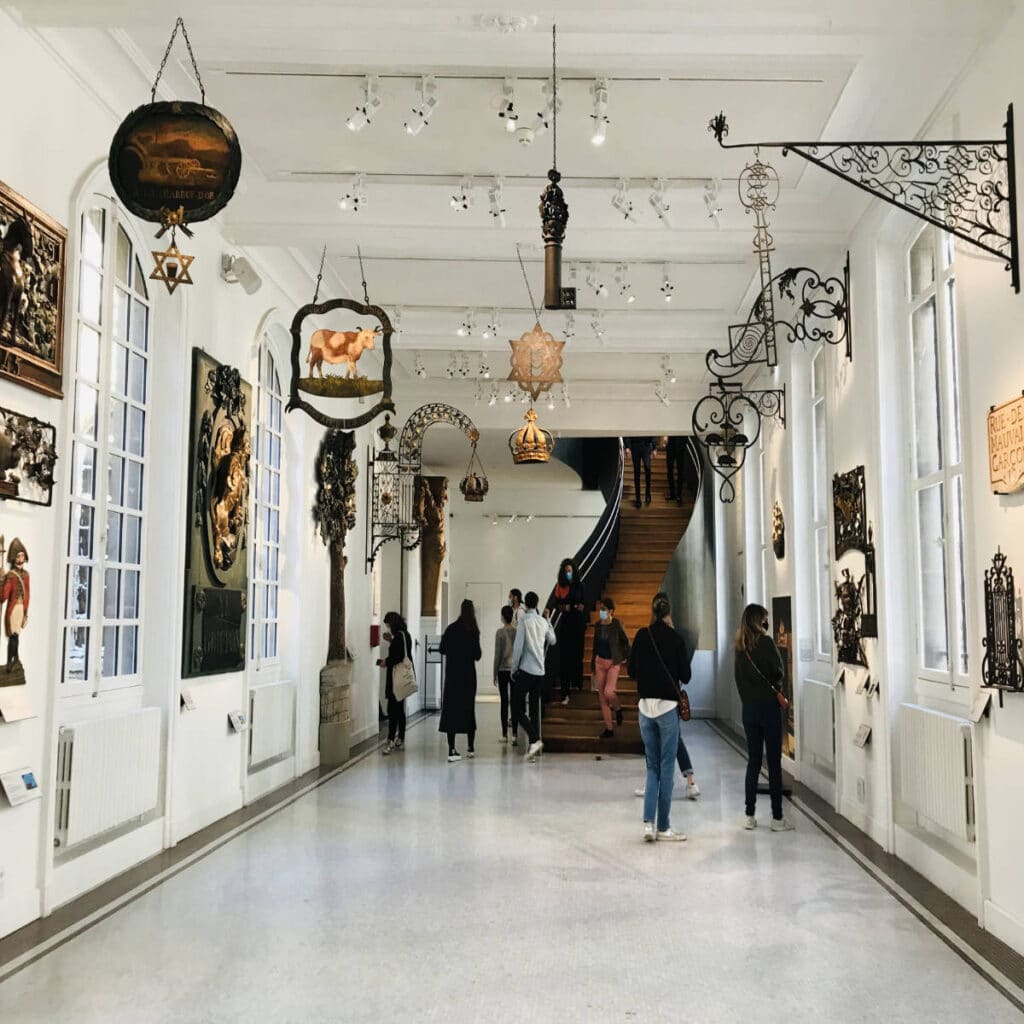
Inside the museum, the exhibits show the transformation of the Roman village of Lutèce, which was inhabited by the Parisii tribes to the grand City of Lights that we see today.
The Carnavalet museum houses over 2,600 paintings, 20,000 drawings, 300,000 engravings and 150,000 photographs, along with 2,000 modern sculptures and 800 pieces of furniture.
In the courtyard, there is a sculpture of the Sun King Louis XIV, who built the Palace of Versailles and had such a profound effect on Paris during his long reign.
Entry to the permanent exhibition halls is free, although you may need to reserve a timeslot. You can read more about visiting Musée Carnavalet here.
2. Petit Palais
Located on Avenue Winston Churchill just off the Champs Elysées, Petit Palais is a small art museum that was originally built for the 1900 Exposition Universelle. It is directly across from the Grand Palais, which was also built for the same Exposition.
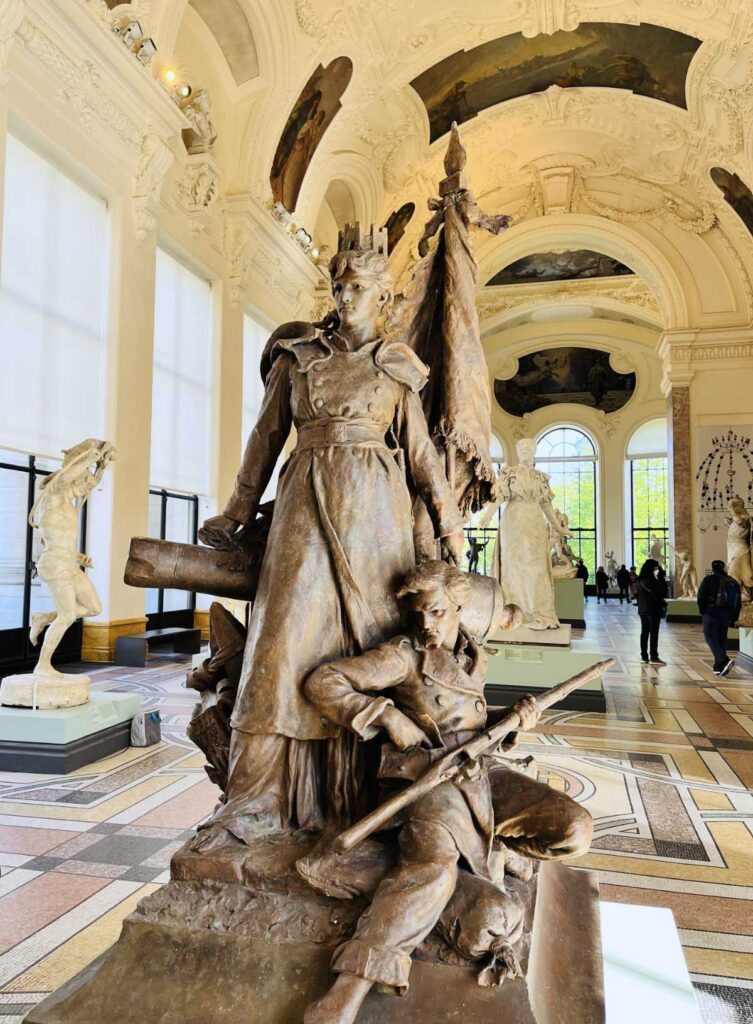
It holds a collection of medieval paintings as well as more recent works from the likes of famous artists like Rembrandt, Rubens, Delacroix, Monet, Pissarro, Cézanne, Modigliani, Rodin and more.
The permanent exhibits of the Petit Palais are free, and there is a lovely little café on the inside with a terrace to enjoy in good weather. There are also usually temporary exhibitions which do require paid tickets. You can read more about visiting the Petit Palais here.
3. Mémorial de la Shoah
“La Shoah” is the French word for Holocaust, and this memorial museum on the Right bank of the Seine river is dedicated to the thousands of Jewish French people who were rounded up and deported to the death camps like Auschwitz that were scattered across Germany and Eastern Europe.
Men, women, and children of jewish descent were rounded up and shipped off from the Drancy, a town north of Paris, never to return. All across the surrounding area you can see plaques outside schools dedicated to the youngest victims. You can read more about the history of Paris here.
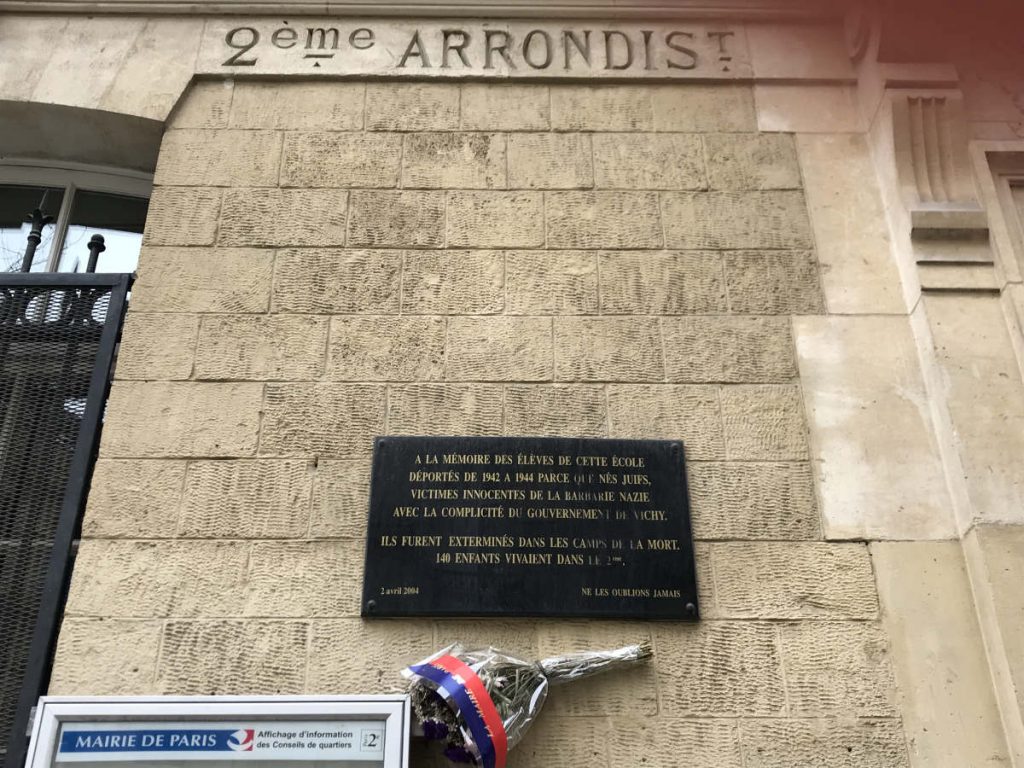
They would be exterminated in death camps. 140 children lived in the 2nd arrondissement.
We will never forget.
Inside the memorial is a wall containing the names of the 76,000 French Jews who were killed. There is also a crypt with the ashes from the different camps. Entry to the Memorial is free, in tribute.
4. Musée de la Vie Romantique
The Museum of the Romantic Life is located in a sumptuous hotel particulier in Montmartre and was built by painter Ary Scheffer 1830.

The museum recreates the romantic era of George Sand and the Belle Epoque with portraits, furniture, and jewelry from the 19th century. There is also a lovely tearoom in the gardens called the Rose Bakery. The entrance to the permanent exhibitions is free.
5. Deportation Martyrs Memorial
Within walking distance of the Memorial, behind the Cathédrale Notre Dame de Paris on the tip of Ile de la Cité is the Mémorial des Martyrs de la Déportation, which is free to enter.
The museum was built underground with high walls and an iron gate to show the descent into darkness of humankind.
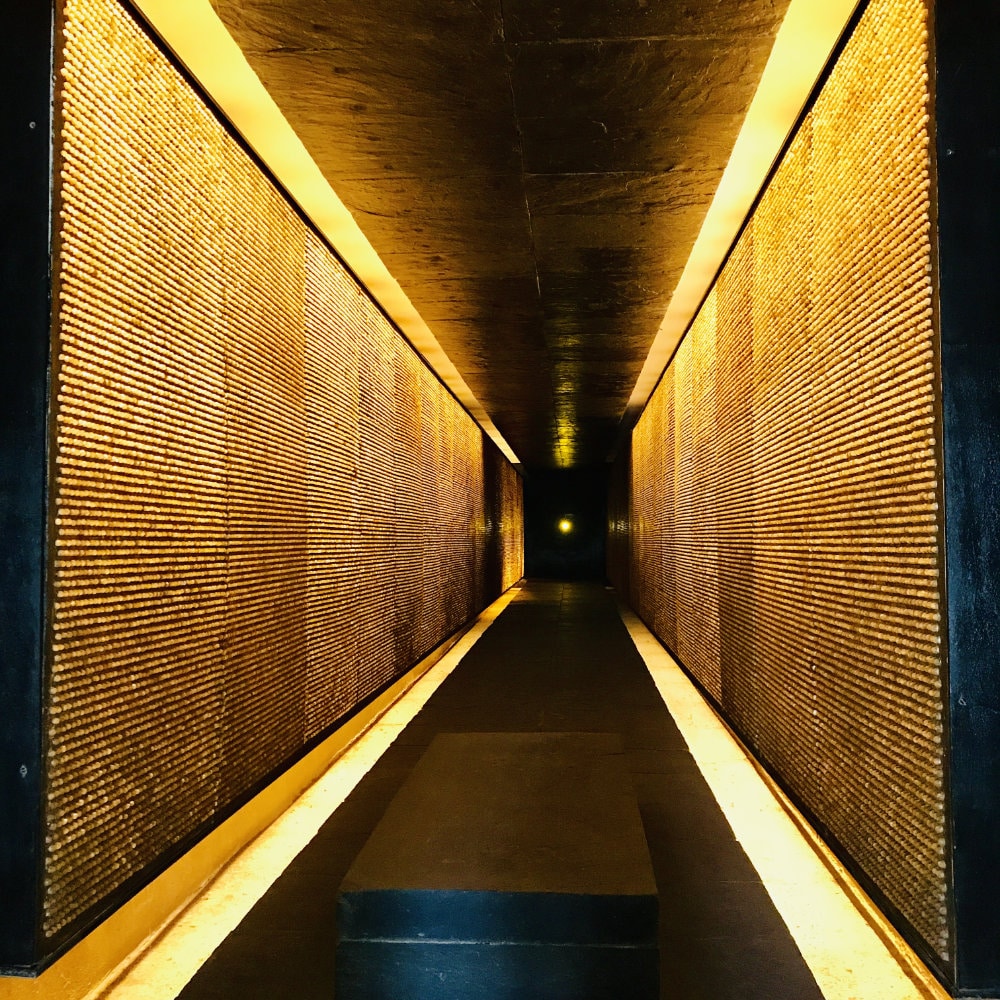
The Memorial is also dedicated to the men, women and children deported from France to concentration camps between 1940 and 1944 who did not return.
6. Musée Curie (Institut du radium)
Scientist Marie Sklodowska moved to Paris as a young woman, which is where she met her husband, a French physicist and inventor named Pierre Curie. Together, they would identify radioactive isotopes develop the theory of “radioactivity” and share the 1903 Nobel Prize in Physics.
Marie Curie would go on to also win the 1911 Nobel Prize in Chemistry, after the death of her husband, making her the first person to win in two different fields.
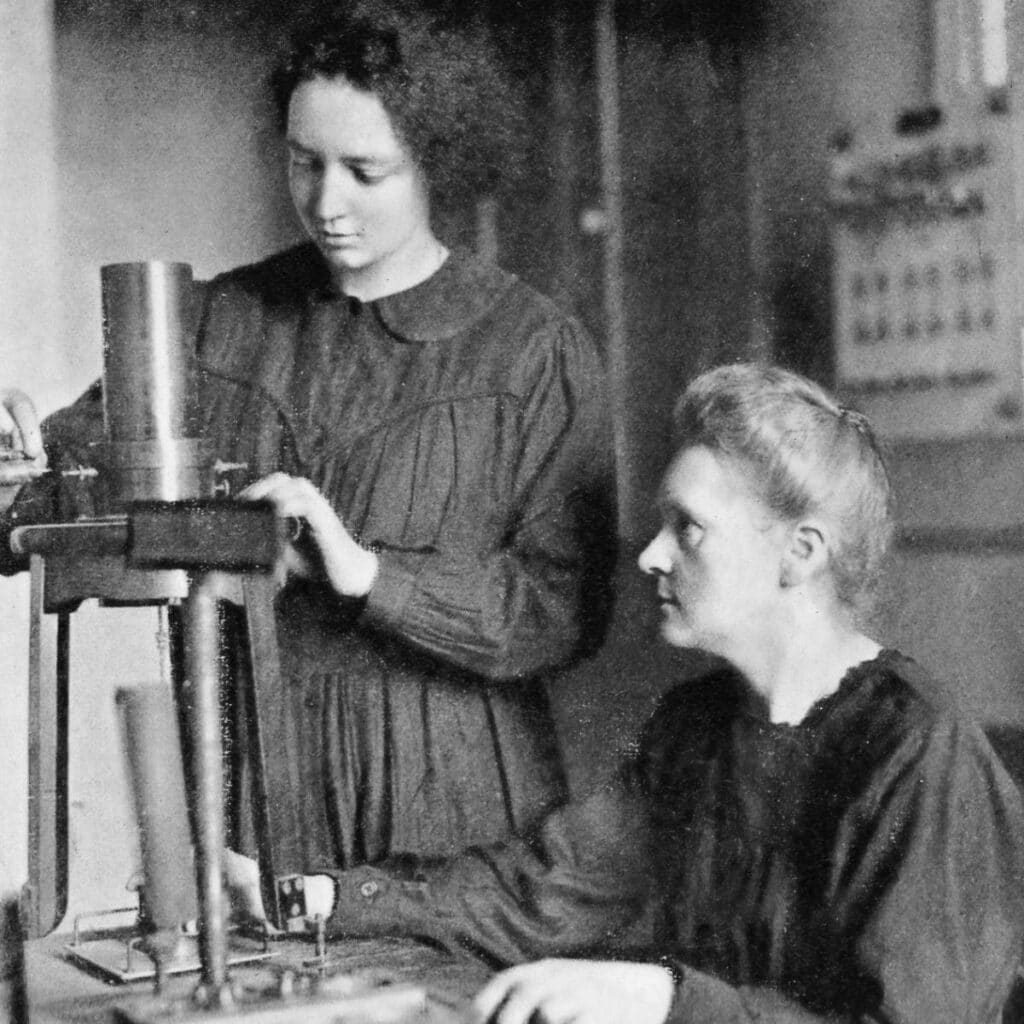
Their daughter, Irène Joliot-Curie, also won the Nobel prize for chemistry in 1935 together with her own husband Frédéric Joliot-Curie.
Marie Curie’s former laboratory has been transformed into a museum called Musée Curie by their other daughter Eve Curie (a writer) at 1 Rue Pierre et Marie Curie, 75005 Paris. Entrance to the museum is free.
7. Maison de Victor Hugo
One of France’s most famous writers and poets has to be Victor Hugo. With a career spanning over 60 years, he wrote everything from poetry to satire, critical essays and historical odysseys.
His most popular works that have been translated into over 60 languages have to be Les Miserables and Hunchback of Notre Dame (which was not intended to be a children’s tale).
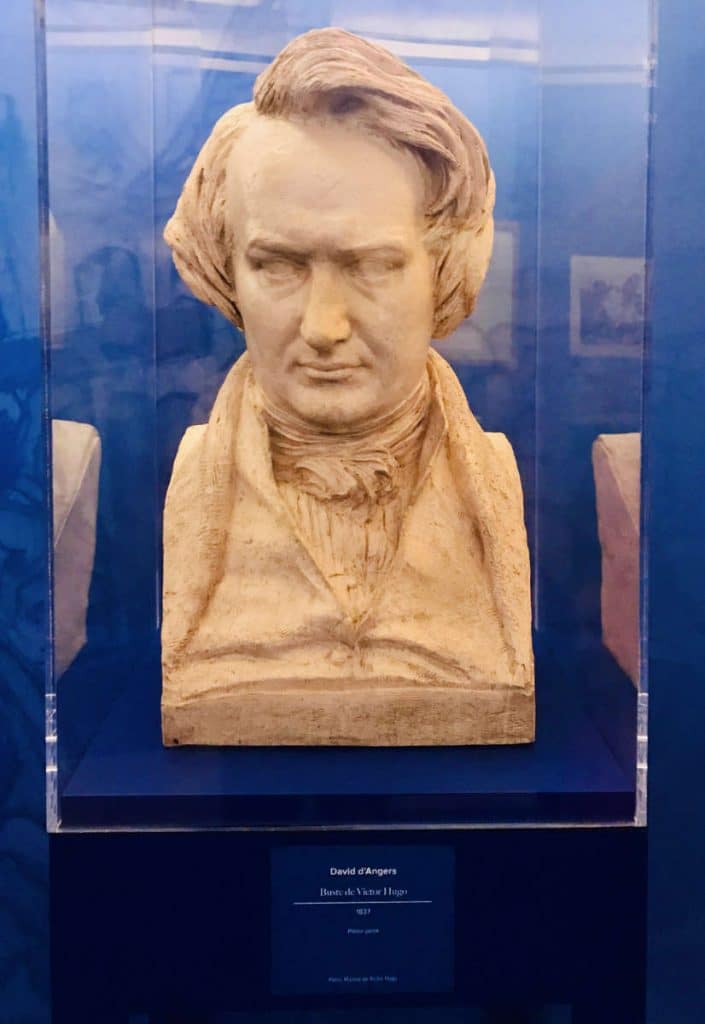
But Victor Hugo did more than just write fictional novels. He was also a passionate supporter of republicanism after the Revolution, and served in politics as a deputy in the Assemblée Nationale, as well as a senator.
He gave several speeches to end poverty, as well as to establish universal suffrage (for women) and free education for all children. His advocacy in the 19th century to abolish the death penalty became renowned internationally.
His advocacy even had him briefly expelled from France (he went to Belgium) before being allowed back. For his works and service to the French nation, he is buried in the Panthéon in the 5th arrondissement.
His home in the Marais, a 280 sqm apartment in the Place des Vosges has been converted into a museum called the Maison de Victor Hugo at 6 Pl. des Vosges, 75004 Paris.
He lived in this rented apartment with his wife for 16 years between 1832–1848. The museum covers the various periods of his life, including various drawings he did over the course of his life.
8. Musée de la Libération de Paris
One of the newest free museums in Paris is the Musée Libération de Paris which opened in 2019. It is also called the Musée du Général Leclerc, Musée Jean Moulin. It is meant to commemorate the events of World War II and the impact that it had on the French people at the time.
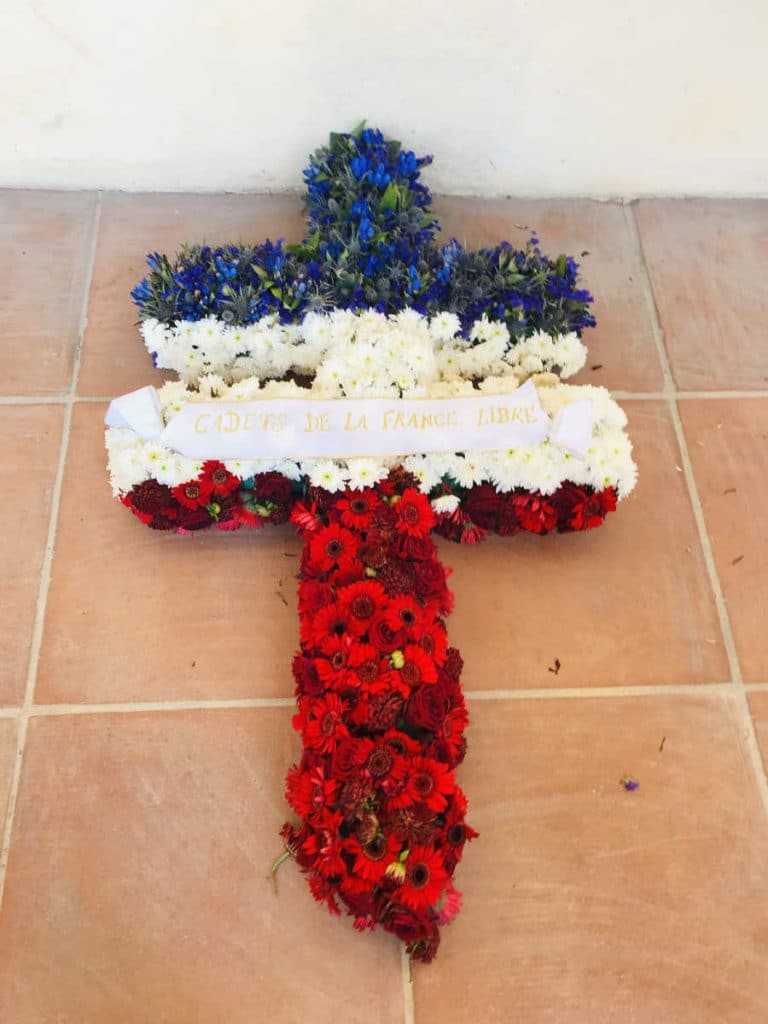
It is named after Jean Moulin, a major figure of the French Resistance and General Leclerc who was a general in the Free French forces during the war. It was opened on the 75th anniversary of the liberation of Paris in 1944.
9. Musée de la Légion d’Honneur
The Légion d’Honneur is the highest honor that the French République can bestow. It was established by Napoleon Bonaparte in 1802 and been maintained ever since.
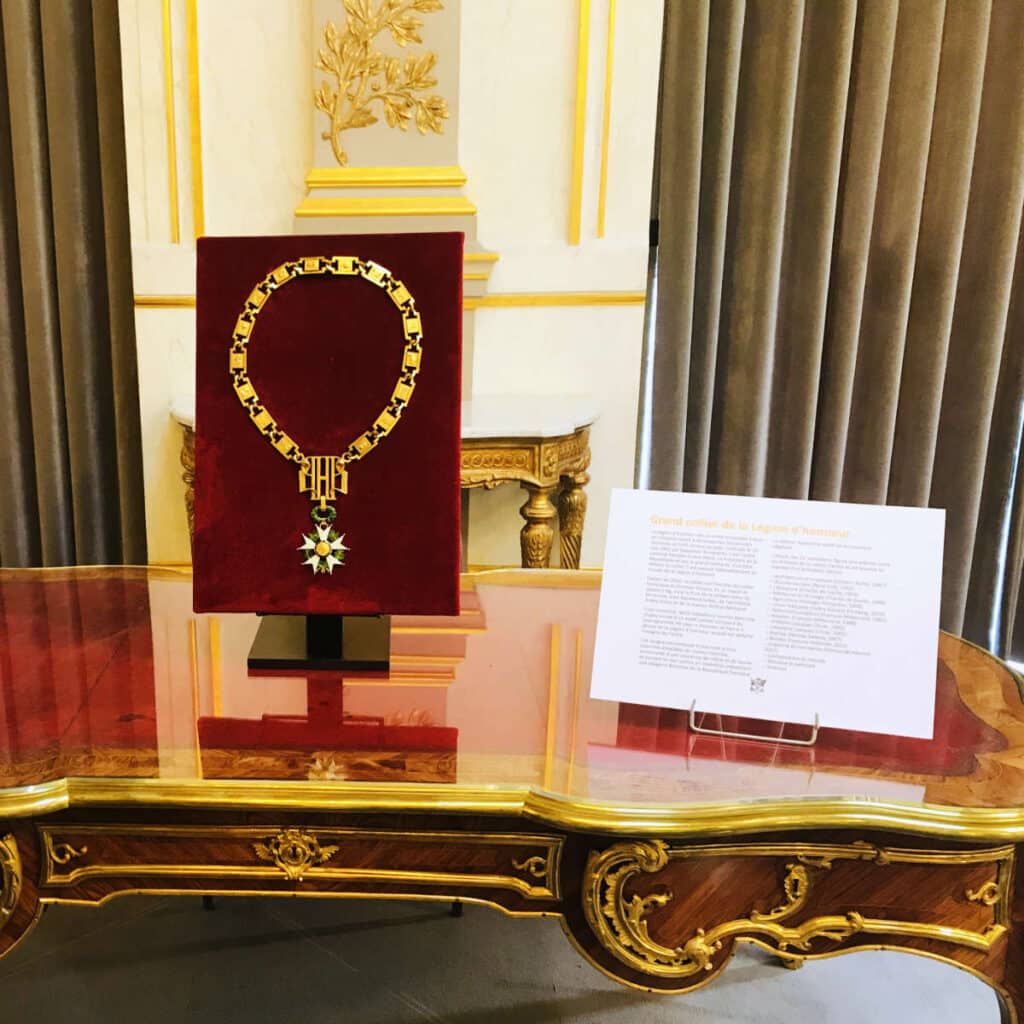
Some famous recipients have included Charlie Chaplin, Nelson Mandela and even the World Cup winning French football team in 2008.
To honor past recipients, there is a museum in Paris in the 7th arrondissement, near the Assemblée Nationale and the Invalides, two government institutions. Entry to the museum is free.
10. Maison de Balzac
French writer Honoré de Balzac is most well known for his opus La Comédie Humaine. While he wrote plenty of other novels and plays, it is his observation of the human condition in la Comédie Humaine that really put him on the map.
It is the intrigue of the various aspects of life in France that makes for interesting reading, with Balzac tackling even topics considered “unsuitable” to provide real insights. The stories cover a broad range of topics from money, power, women, and society, set in the period after the French Revolution.
Balzac became so famous, his home in the 16th arrondissement was transformed into a museum. Located near Passy and the Bois de Boulogne, it is open daily except Mondays and holidays. Entry to the house is free, but a fee is charged for its temporary exhibitions.
11. Coach Gallery at the Palace of Versailles.
While the Palais de Versailles has an entrance ticket, the Coach Gallery, that is located a few meters away, has free entry, usually on the weekends. Inside, you can visit the gala carriages built for Napoleon’s wedding, as well as the burial and coronation carriages of Louis XVIII and Charles X.
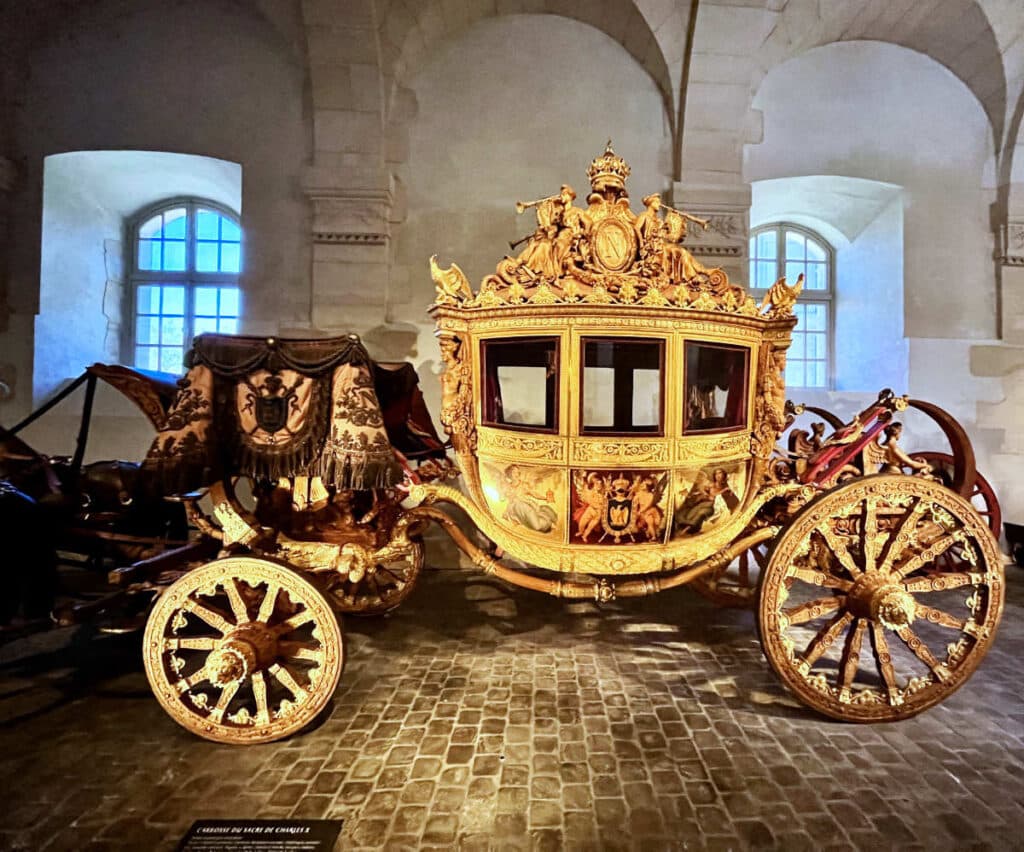
It also holds other carriages from the 3rd Republic and various sleds and sedan chairs for the bourgeoisie from the 18th century.
12. Musée Bourdelle
Musée Bourdelle is a small museum in the 15th arrondissement that is dedicated to French sculptor Antoine Bourdelle. It is located in his old studio and contains more than 500 works including marble, plaster, and bronze statues, paintings, pastels, and sketches.
It also contains Bourdelle’s personal collection of works by other French artists like, Eugène Delacroix and Auguste Rodin. It is one of the 14 museums of the City of Paris that have been incorporated since 1 January 2013 in the “Paris Musées“.
13. Musée d’Art Moderne de Paris (Modern art)
Located in the 16th arrondissement, the Paris Museum of Modern Art (known as “MAM”) gives the eminent Centre Pompidou a run for its money.
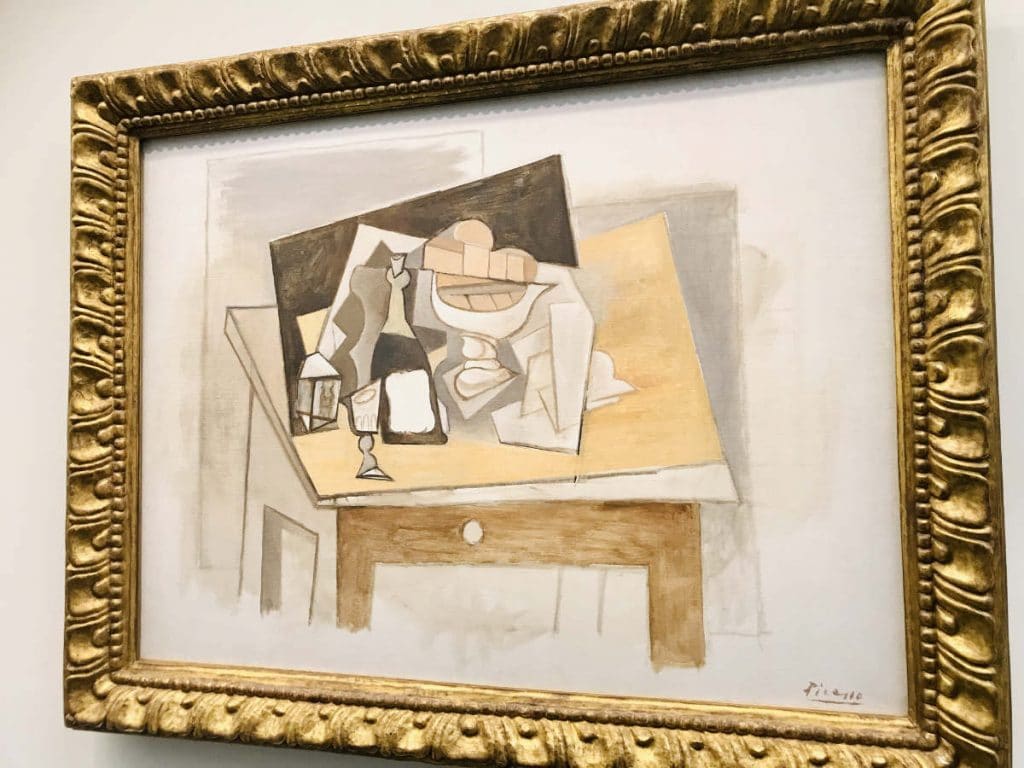
It is in the East wing of the Palais de Tokyo near the Eiffel Tower and has a collection of more than 15000 objects from artists like Picasso, Matisse, Jean Metzinger, Amedeo Modigliani, and more. Entrance is free, however you may need a reservation ticket during the busy months.
13. Musée Cernuschi (Asian arts)
If you are looking for something different, head to the City of Paris’s Museum of Asian arts, called Musée Cernuschi. It is located in the 8th arrondissement near beautiful Parc Monceau.
The museum was founded in 1898 by Henri Cernuschi, a French-Italian banker and former politician. He began to collect Asian art, and the collection now sits in the mansion that used to be his home. It is considered the 2nd-oldest Asian art museum in France, and the 5th-oldest Chinese art museum in Europe.
14. First Sunday of the month
In addition, if you happen to be in Paris on the 1st Sunday of the month, you should know that many smaller museums like the Centre Pompidou, Conciergerie, Musée Picasso, Musée Delacroix, Musée Rodin, or Musée de la Chasse et de la Nature, are free to visitors.
In the off-season, even the grand Musée d’Orsay and its satellite Musée de l’Orangerie are free on the 1st Sunday of the month.
Depending on the month, entrance tickets still have to be booked online to limit crowds. Check on each museum’s website and you just might get lucky to score a set of free tickets for the 1st Sunday of the month.

If you enjoyed that article, you may enjoy reading more about top things to do in Paris. A bientôt!
